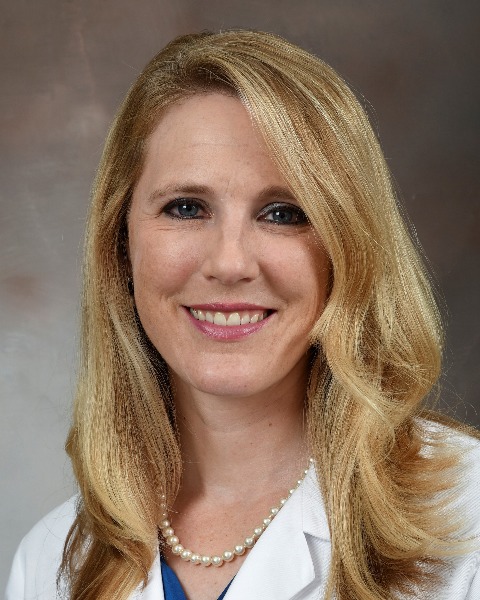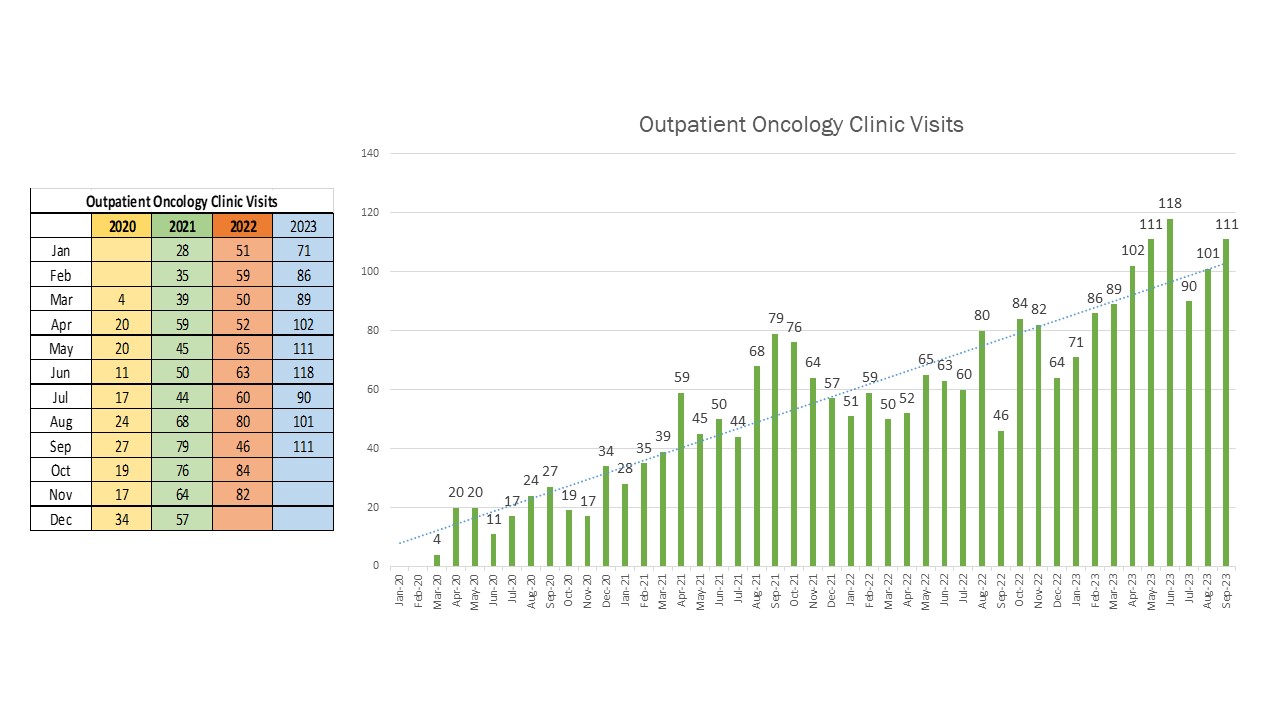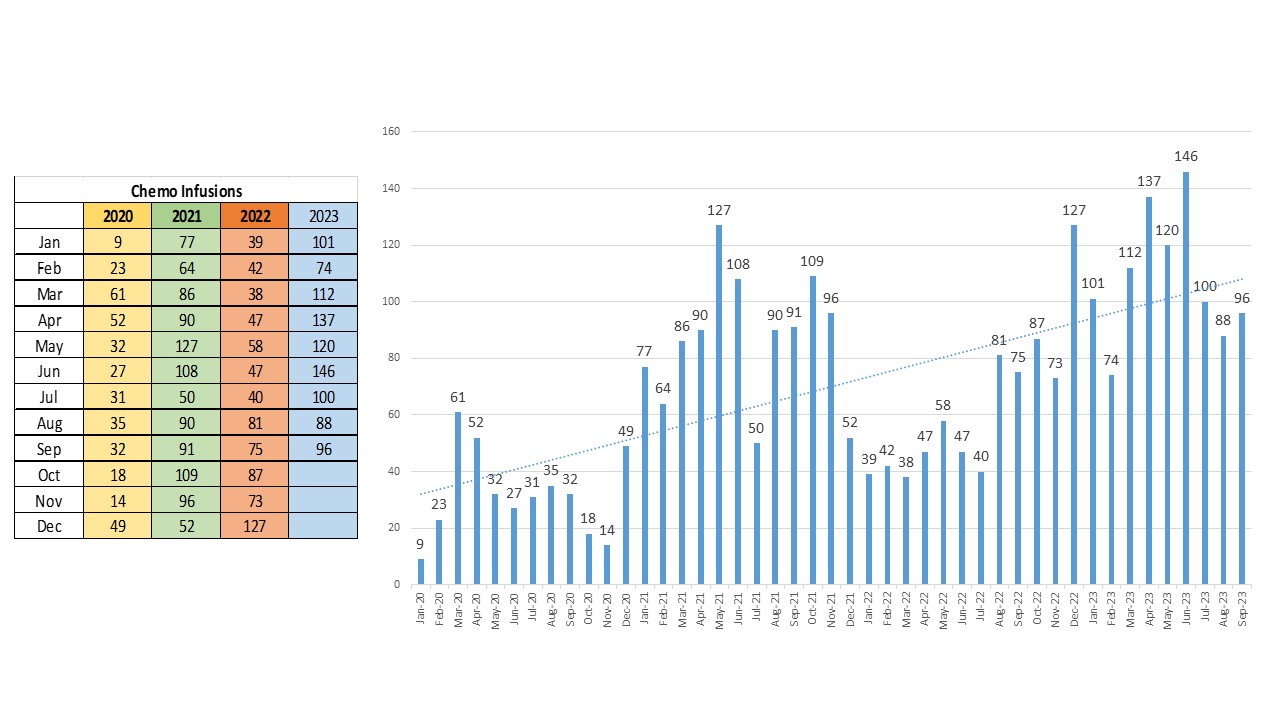Hematology/Oncology
Session: Hematology/Oncology
353 - Building Hope: Lessons from Establishing a Pediatric Oncology Program from Scratch
Friday, May 3, 2024
5:15 PM - 7:15 PM ET
Poster Number: 353
Publication Number: 353.288
Publication Number: 353.288

Ann Marshburn, MD
Associate Professor of Pediatrics
UTHealth Science Center Houston
Houston, Texas, United States
Presenting Author(s)
Background: Cancer is the leading cause of death by disease in children, and with childhood cancer rates continuing to rise, more pediatric cancer treatment centers are needed. But building such a center within an established children’s hospital is complex, requiring significant advance planning and coordination.
Objective: At our institution, we set out to create a pediatric oncology service line that would have the ability to provide full service cancer treatment to our patients diagnosed with cancer. Our goal was to establish a hospital-based service that could provide comprehensive in- and out-patient care in one location.
Design/Methods: Our institution was able to forge an agreement with a neighboring institution with pediatric oncologists allowing the oncologists to rotate at our institution. With guidance provided by the oncologists, we then approached the areas within our institution that would be required for oncologic care, to ensure that they would be able to provide the necessary support. These areas included diagnostic services, clinical services, and ancillary support services. Additionally, we built the hospital-based outpatient clinic within the already established infusion area in the hospital, given the obvious overlap between infusions and oncologic care.
Results: Since the inception of the program in Jan 2020, our program has grown from 1 active patient, to an average of 25-30 active patients and over 75 follow-up patients. Clinic visits increased from 4 per month to an average of over 100 (25-fold increase), and chemotherapy infusions rose from 5 per month to an average of almost 110 per month (a 22-fold increase). Oncology-specific staff education was initiated at the onset of the program, and continues today for providers of all levels. We also quickly organized larger service-line meetings with small sub-group meetings, to ensure that all service participants continue to be involved in the evolution of the service.
Conclusion(s): The lessons learned in starting a new clinical service within an established children’s hospital are countless, but three stand out to us as essential for any group looking to build a new service, whether it be oncology or otherwise. First, meeting with all services that would be involved in oncologic care and obtaining buy-in is a necessary first step. Second, service- and disease-specific education for all personnel is crucial for program success. And third, frequent solicitation of feedback from those on front lines providing care, and recognition of their work creates a workforce that ownership in the continued growth and success of the program.


